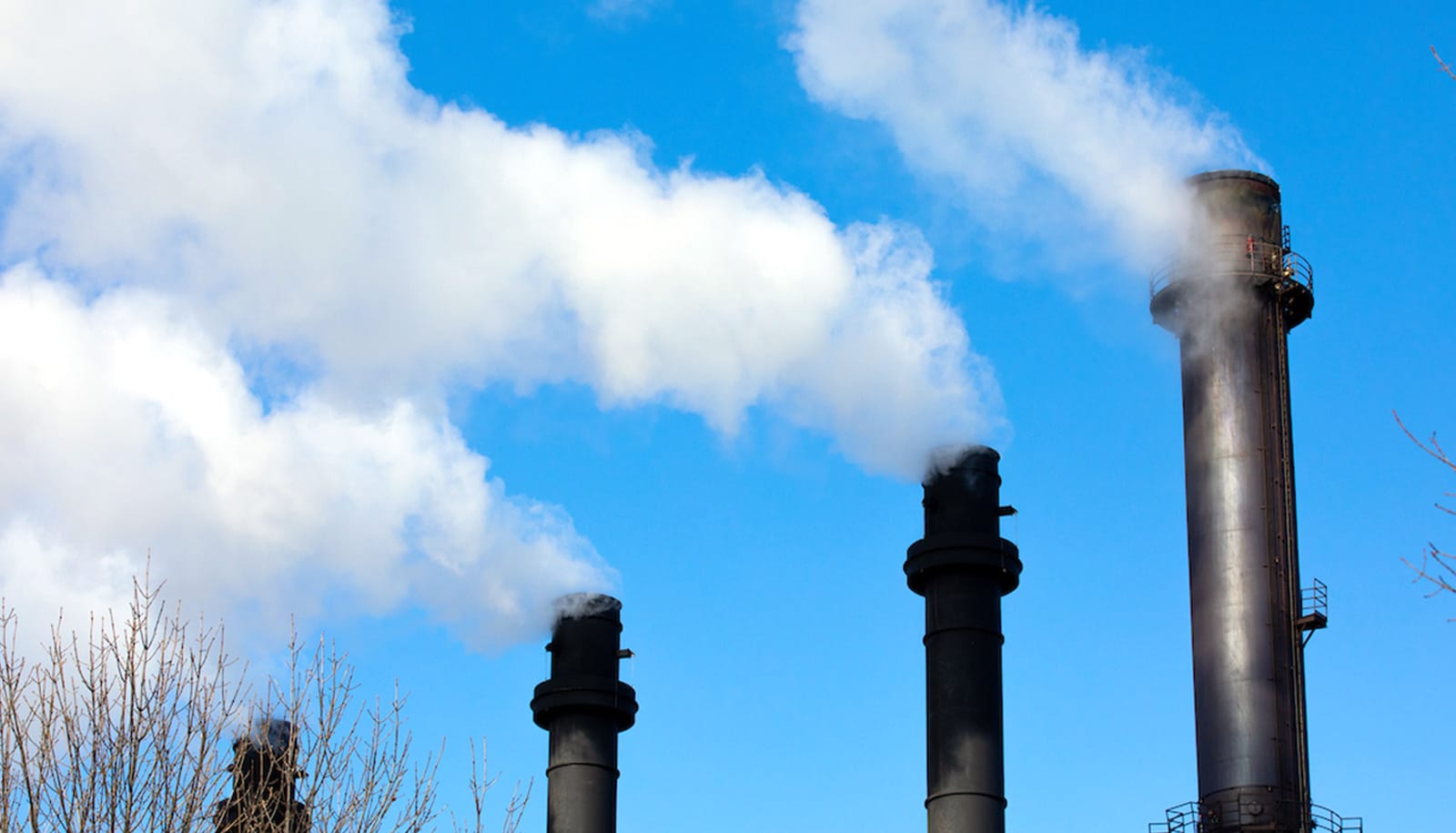Researchers have found a strong, clear link between countries implementing high emissions taxes and manufacturing firms substantially increasing investments in research and development.
Addressing climate change is a massive and daunting challenge. But many economists say gradually increasing taxes on emissions would significantly reduce the amount of greenhouse gas spewed into the air at the lowest economic cost.
“The question is, will manufacturing firms respond to the tax? That’s where our paper comes in, and it looks like the answer is yes,” says James Brown, professor and chair of finance in Iowa State University’s Ivy College of Business.
Brown emphasizes his new paper in the Review of Financial Studies, doesn’t provide a policy recommendation. Rather, he and his coauthors offer an analysis of data they collected on roughly 33,500 manufacturing firms across 18 countries to better understand what happens when countries start taxing companies for emitting greenhouse gases. Their findings show a strong link between higher taxes and R&D.
“Now, what exactly that means, is a much harder question to answer. That’s where we try to make inferences with a lot of additional tests,” Brown says.
People typically think of R&D as a path to new products, Brown says. For example, if a pharmaceutical company increases its R&D spending, it’s probably trying to develop a new drug that can be patented and sold on the market.
But during the researchers’ deep data dive, they found companies that significantly increased their R&D following the implementation of emissions taxes did not lead to a slew of new patents. This, Brown explains, indicates that manufacturing firms were using R&D dollars to expand their capacity to adopt and implement new technologies that change the way they produce—rather than to develop new patentable products.
“Firms don’t always have the incentive to shift to cleaner production technologies on their own; that is where policy can potentially have an impact,” says Brown.
“Command and control” regulations (e.g., requiring manufacturers to install specific types of emissions mitigation equipment) are another policy tool that can lead to less pollution, but Brown says the emissions tax approach is likely a more efficient policy lever.
This is because a tax on emissions forces firms to internalize at least some of the costs of dirty production, which incentivizes them to find cleaner ways of producing in the most cost-effective way possible.
“We usually think about shifts to less polluting ways as being very costly to the economy, but if you encourage this shift through R&D and new technology adoption, you can move to a cleaner production process without necessarily slowing economic growth,” Brown says.
The new study found the biggest jump in R&D investments in response to country-level emissions taxes occurred in sectors that are high polluters and have a lot of what Brown calls “knowledge spillovers.” Knowledge spillage refers to the ease at which information spreads between firms in the same sector.
“If you’re a polluting firm in a sector where knowledge is readily spilling across firms, you have more incentive to invest in R&D and incorporate cleaner ways of manufacturing that have already been developed by another company or external experts,” Brown explains.
Examples of high pollution industries with high knowledge spillovers include cement, lime, and mineral products. In contrast, petroleum and steel are high pollution industries with relatively low knowledge spillovers.
In the researchers’ data analysis, Japan accounted for the most observations, followed by the United Kingdom and Canada. Brown says the researchers did not pull data from the US because it does not have a country-level emissions tax like other countries. Trying to include data from the US could have skewed the results because there are too many regional differences in environmental regulations.
Brown and his research team are working on a follow-up study with the goal of pinpointing what exactly the R&D dollars are flowing towards and whether emissions actually drop.
“Understanding at a micro-level what these taxes are doing specifically to dirty emissions is what we need. We can’t do that on the cross-country scale we used for this study, but we could maybe do that at a country-specific scale,” Brown says.
Brown wants to find the answers to some other questions, including:
- What’s the right mix of policies to significantly decrease emissions?
- Are there other policies or institutional factors alongside these taxes that would support/prevent a shift to cleaner production?
Additional coauthors are from KTH Royal Institute of Technology in Stockholm, Sweden.
Source: Iowa State University



